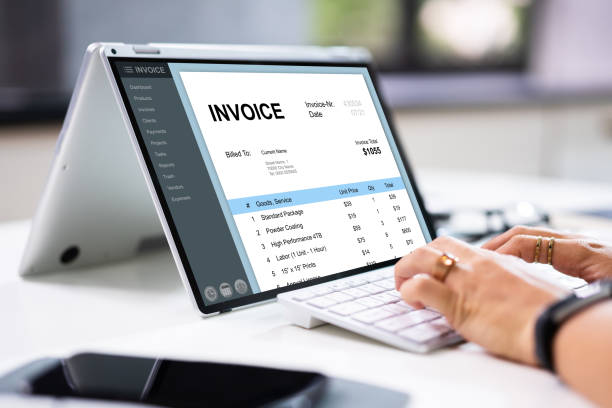Accounting Software – How to Maximize Its Use
Bookkeeping may be difficult for organizations, whether startups or established corporations. When it comes to bookkeeping, many businesses delegate all responsibilities to accountants. However, accounting software can save you money and time that you can invest in other elements of your organization.
Choosing the appropriate software for a certain activity can often appear difficult, and not all organizations can benefit from accounting software. The accounting process is greatly simplified for firms that may benefit from accounting software.
Your specific accounting software requirements will depend on your organization’s nature and management style. To select the appropriate accounting software for your organization, you must first determine your demands and then locate the software package that can satisfy your general and specific requirements. Each accounting software has distinct requirements. Thus it is essential to consider what you want from an accounting program. The following are some of the prerequisites for accounting software:
- Basic accounting enables you to record sales and purchases and generate invoices.
- VAT Accounting – this permits the tracking and calculation of VAT.
- You should consider incorporating payroll into your accounting software if you have more than three employees. The payroll function calculates your PAYE (pay as you earn) and weekly/monthly national insurance contributions.
- Production of management and decision support information – crucial if you are required to generate frequent internal management reports.
- Invoicing – accounting software should include an invoicing feature. Most allow you to create invoices in any format you desire.
- Credit control – this tool enables you to identify overdrawn consumers and generate follow-up statements.
- Compatibility – Ensure that the accounting software you select is compatible with other accounting systems, including the one used by your accountant.
- Inventory control – if your organization sells items, inventory control is crucial for ensuring you have sufficient stock and are aware of what’s being sold.
Accounting software is an application that records and executes financial transactions. The majority of accounting software comprises various modules or divisions. The majority of accounting software includes the following fundamental modules:
- Accounts Receivable – this part of accounting software is concerned with charging consumers for the utilization of items and services. This is where the company documents cash receipts.
- Accounts Payable – when an invoice is received, this section of the accounting program is utilized. They attach an invoice to this record and delete it after receiving payment. These invoices are for money owed to vendors and other parties.
- General Ledger – a compilation of all business transactions. The general ledger, sometimes known as the general ledger, is the business’s primary accounting record.
- Billing – the process by which a business issues invoices to its clients.
- Stock/Inventory – it may be essential for your company to maintain a record of all materials/inventory. Inventory/inventory lists can assist businesses in keeping track of their inventory.
- Purchase Order – When your company orders merchandise, you will receive a purchase order detailing the product’s kind, amount, and the agreed-upon price.
- A sales order is an order from a customer by a business. These sales orders are documented, so the company knows its current inventory levels. Sales orders may be for either products or services.
The best online accounting software may be what your business requires, but selecting the correct software is essential to ensuring that you receive precisely what you need from your accounting software.
